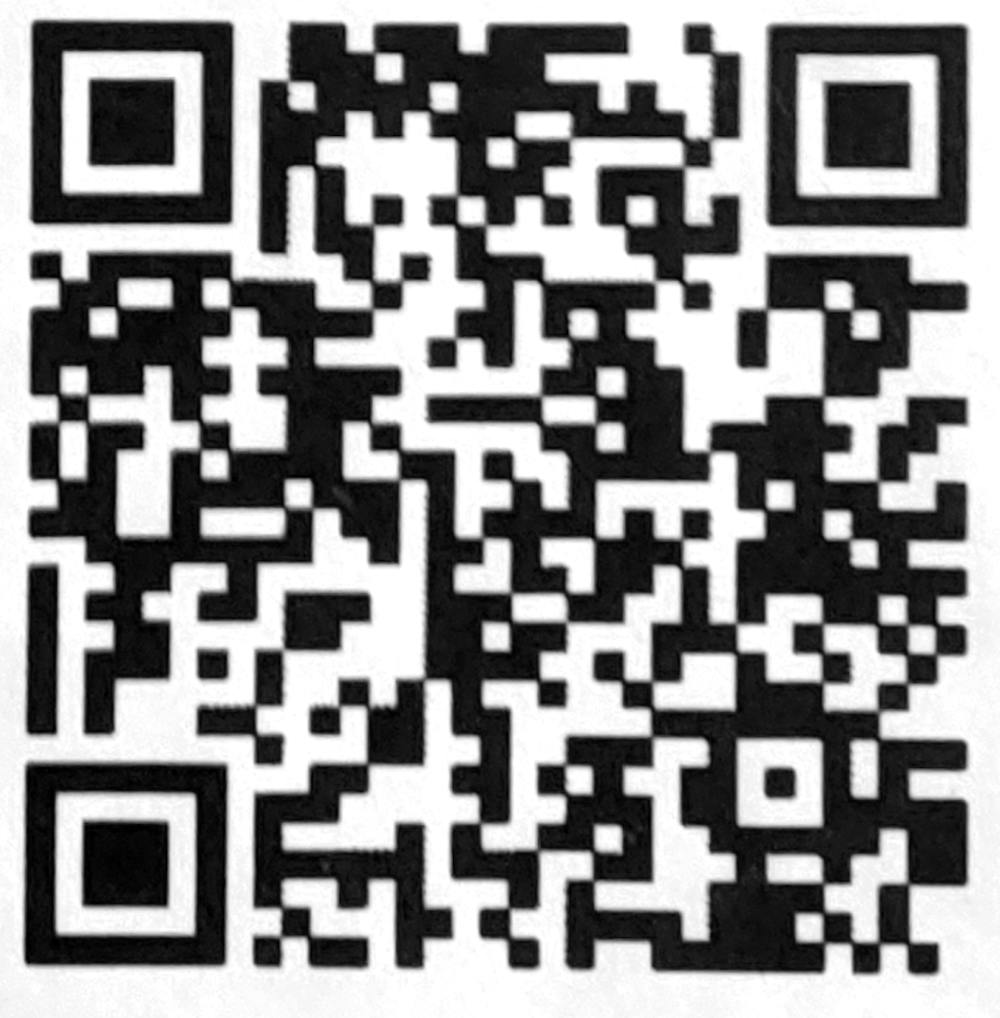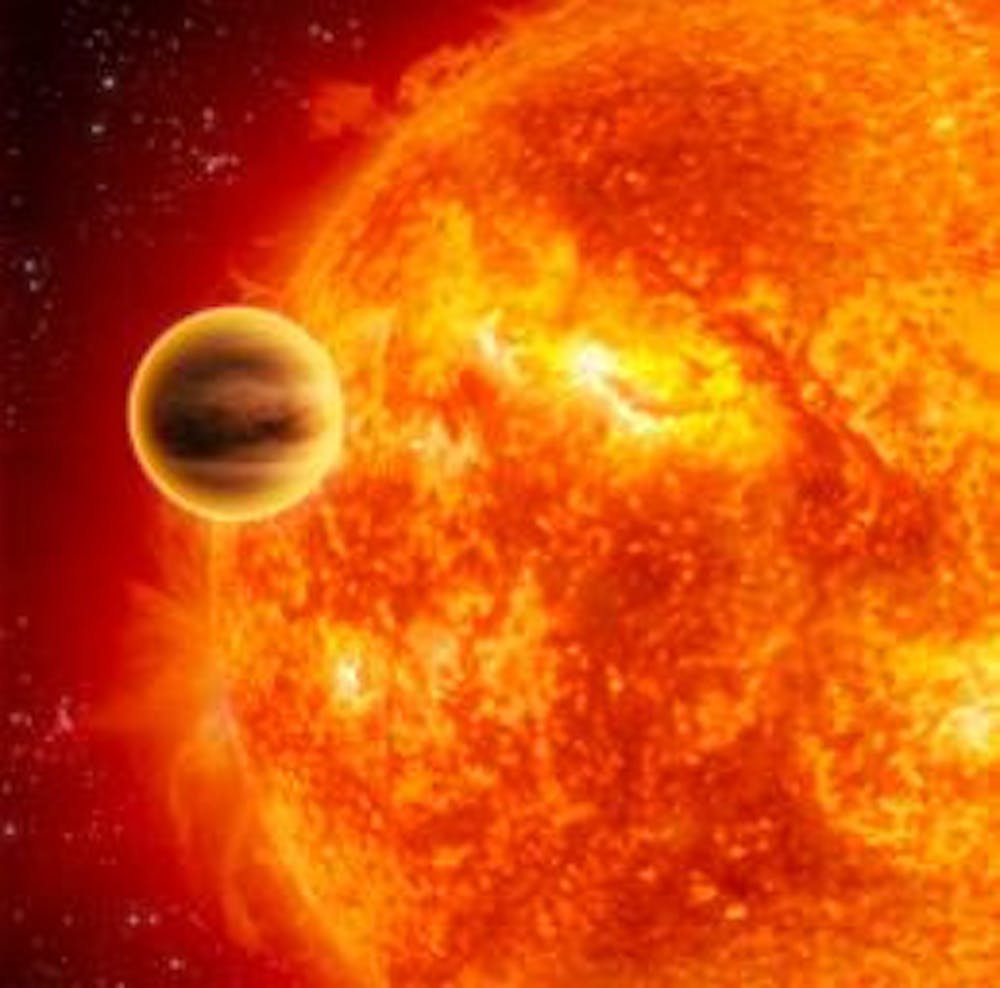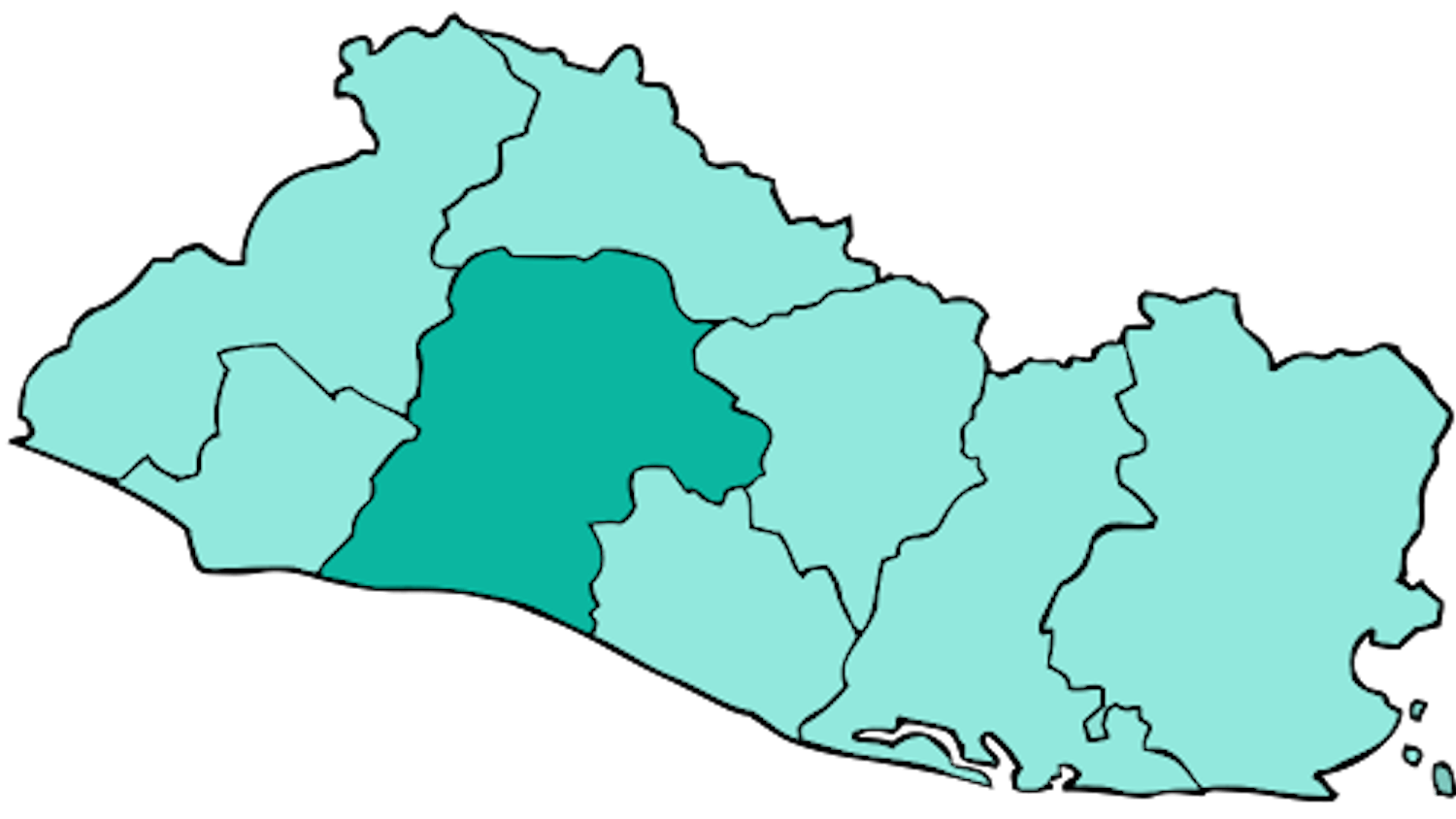By Amber Nodes
Staff Writer
NASA scientists announced a newly discovered planet with properties linked to habitability. It’s roughly Earth’s size, rocky and named TOI 700 e, reports USA Today.
Although the planet is just a bit smaller than Earth, which NASA puts at around 5% smaller, it holds many of the traits that scientists believe could show habitability. NASA reports that the planet is within the habitable zone of its red dwarf star called TOI 700, which means that it's within the range for the planet to have water on its surface.
This red dwarf was originally known to have a planet in the habitable zone, but scientists did not detect planet e at the time the first three planets in its system were detected, b, c and d. It took scientists over a year to find it after the discovery of the other planets in the system, announced NASA.
“If the star was a little closer or the planet a little bigger, we might have been able to spot TOI 700 e in the first year of TESS data,” said NASA researcher, Ben Hord. “But the signal was so faint that we needed the additional year of transit observations to identify it.”
USA Today reports that “planet d” was determined to be in a habitable zone for a while. This discovery was made possible by TESS, the Transiting Exoplanet Survey Satellite, which surveys large sections of space in cycles of 27 days to look for changes in brightness caused by planets moving around their star from Earth’s perspective.
“Even with more than 5,000 exoplanets discovered to date, TOI-700 e is a key example that we have a lot more to learn,” said Joey Rodriguez, a professor at Michigan State University who worked on the research, to MSU Today.
TOI 700 e’s sibling planet, planet d, orbits the conservative habitable zone, which is defined as the area of distance away from the star in which scientists believe liquid water could exist on it over most of its lifetime. Planet e, on the other hand, lives in the optimistic habitable zone, where water could have been present at one point in time, according to NASA.
“TESS just completed its second year of northern sky observations,” said Allison Youngblood, the TESS deputy project scientist to NASA. “We’re looking forward to the other exciting discoveries hidden in the mission’s treasure trove of data.”
NASA reports that finding planets with similar Earth-sized planets can help inform the history of the solar system and that there will be a follow-up study that may have more insights in the future.
For students at the College interested in learning more about space, there is an observatory on campuslocated in the Physics Building of the Science Complex on the fourth floor. They are open from Monday through Thursday from 7 p.m. to 9 p.m. when weather permits. To join GroupMe for updates on when the observatory is open, use the QR code below or click this link: https://groupme.com/join_group/70828325/OM6SjBT2

Observatory GroupMe QR Code







